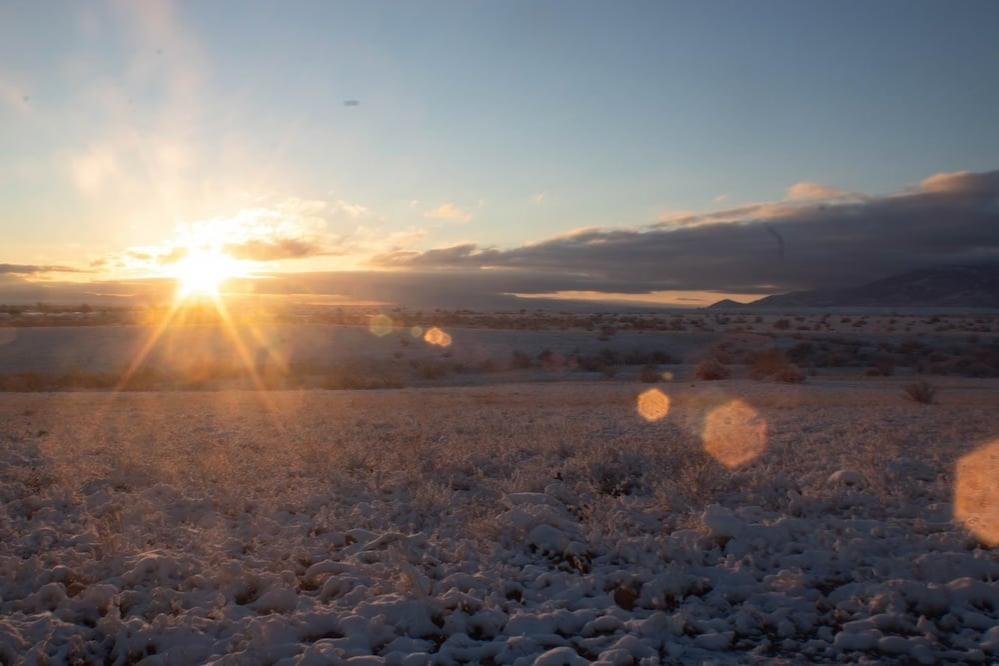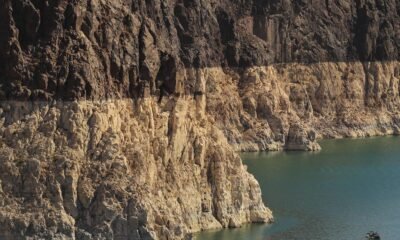Business
Arizona Farmers Battle Water Regulations While Their Land Continues to Sink

In southern Arizona, ranchers are pushing back against state-mandated water use restrictions amid alarming land subsidence caused by excessive groundwater pumping. At a public meeting held on Friday, ranchers from communities like Willcox and Pearce expressed strong opposition to designating the Willcox Basin, a region nearly 2,000 square miles in Cochise and Graham Counties, as an active water management area (AMA).
Chad Preston, a local resident and wine grower, asserted, “The AMA will not change groundwater overdraft. It will only stifle growth.” This sentiment echoes across a region experiencing significant challenges due to dwindling water levels. Land subsidence has caused fissures, with some homeowners facing dire situations as wells run dry, necessitating costly new drilling or deepening existing ones.
At the Willcox Community Center, nearly 350 attendees listened to Janet Randall, who described her home collapsing due to uneven subsidence, rendering it unsellable and unsafe. Steve Kisier, a southern basin resident, criticized his fellow ranchers for prioritizing economic interests while ignoring the lives and properties at risk. “If you live in the Sunizona area, you’re lucky if your well isn’t dropping 10 feet per year,” he lamented.
Water scarcity in Arizona has long been a contentious issue. The Groundwater Management Act of 1980 established five AMAs statewide, designed to regulate pumping and promote sustainability. Douglas became the sixth AMA last year, highlighting a growing recognition of the need for management. Residents of the Willcox Basin have observed alarming trends, including a drop of over 400 feet in the underground water table since the 1940s—losses equivalent to 5.7 million acre-feet of water.
Ryan Mitchell, Chief Hydrologist at the Arizona Department of Water Resources, emphasized the urgency of the situation, noting that water is being pumped out of the basin three-and-a-half times faster than it can be replenished. “If all pumping stopped today, it would take over 280 years for the aquifer to recover,” he warned.
Despite these dire projections, a special election in 2022 saw a rejection of AMA measures by more than 60%. In light of the escalating crisis, Governor Katie Hobbs has proposed establishing an AMA regardless, directing the Department of Water Resources to proceed with the process on October 23 after her visit to the area.
Opponents to the AMA, particularly wine growers, argue that such regulations could hinder their potential growth. Cochise resident Melanie Lawrence countered, stating, “I am just as much a part of the economy of this area as they are.” State Representative Lupe Diaz criticized the state’s approach, suggesting that a local water district with an elected board could provide a more tailored solution.
Rep. Stephanie Stahl-Hamilton of Tucson defended the necessity of the AMA, stating it remains the only viable option for addressing the escalating crisis. A determination from Director Tom Buschatzke on the AMA designation is expected within the next 30 days, with significant implications for the community’s water management moving forward.

















